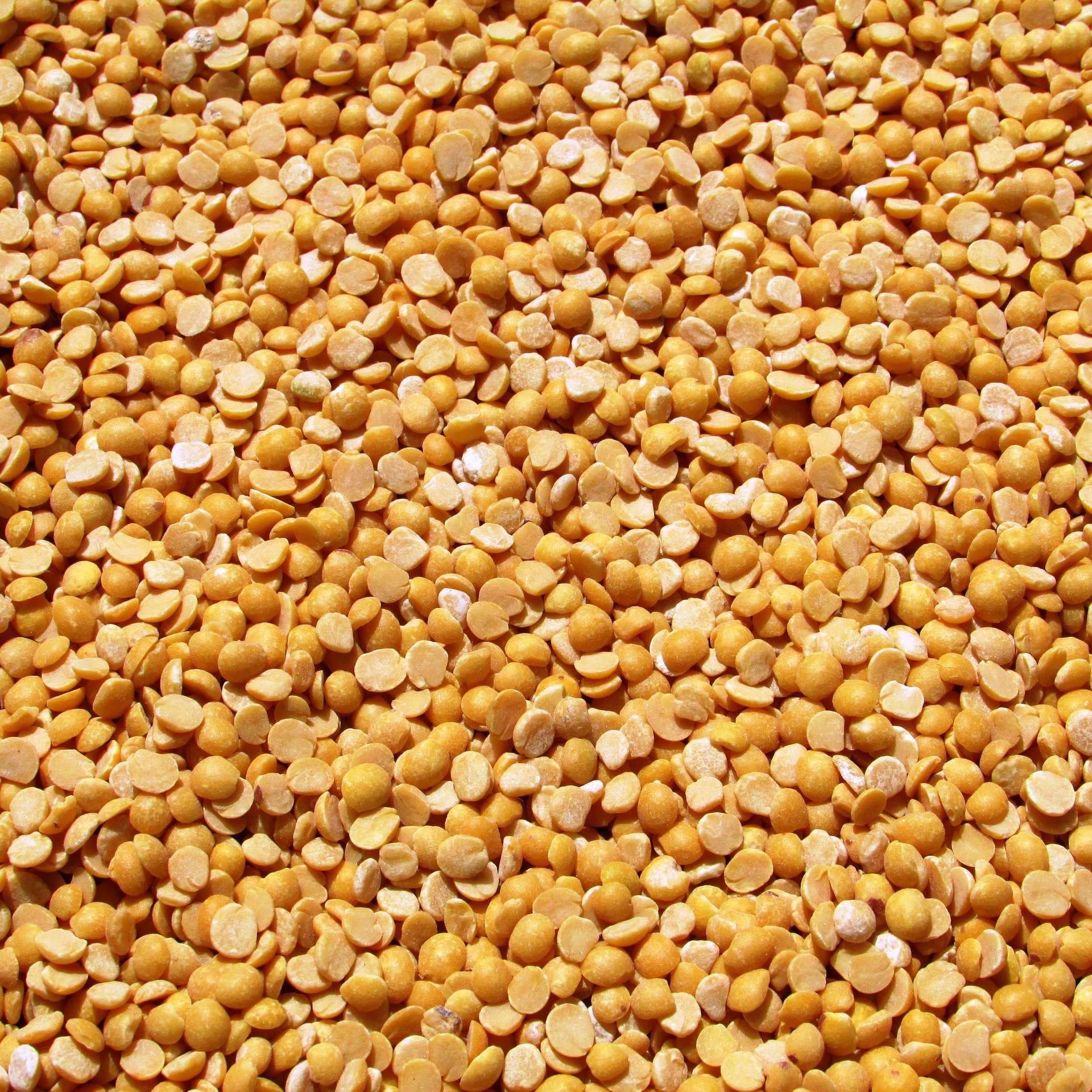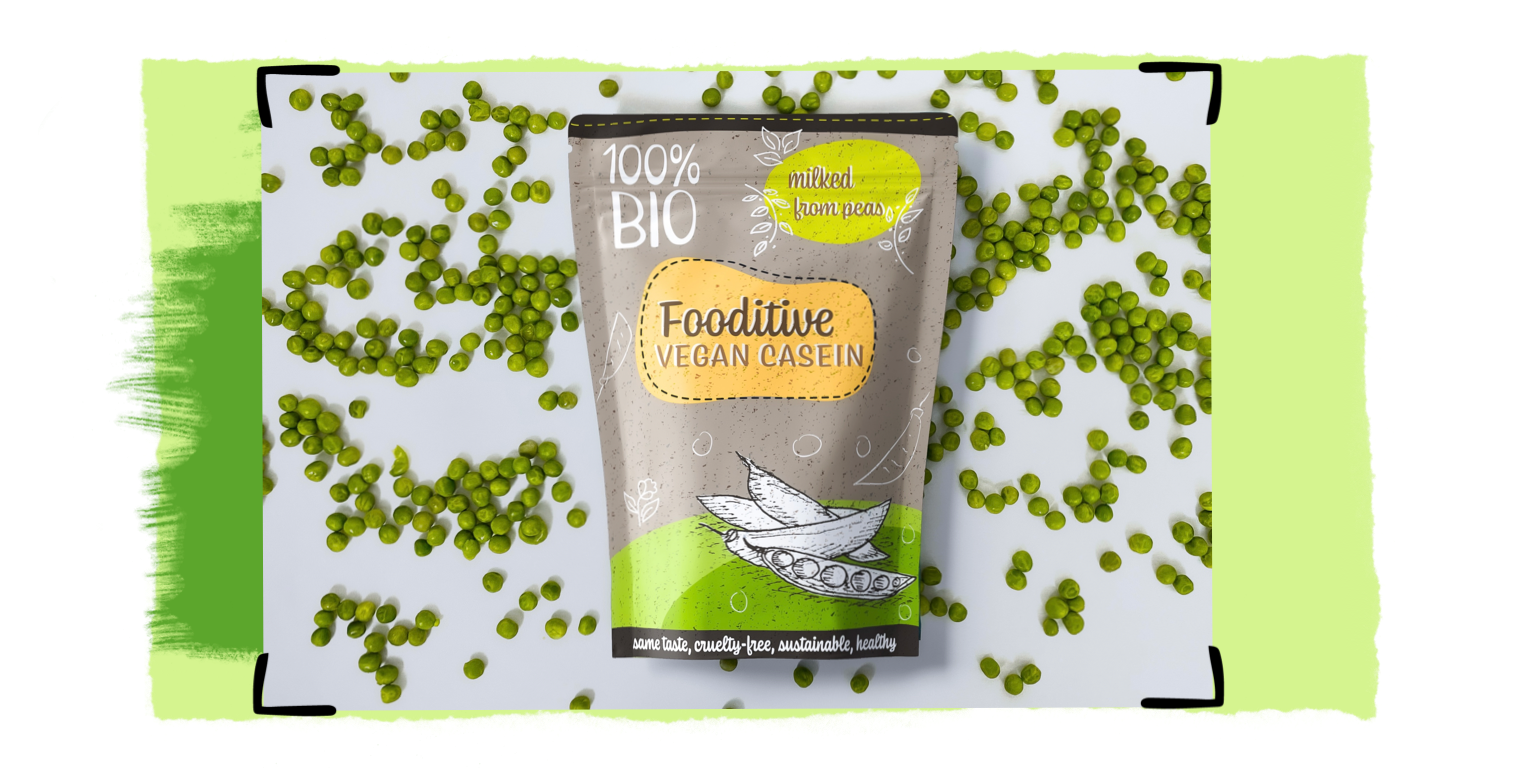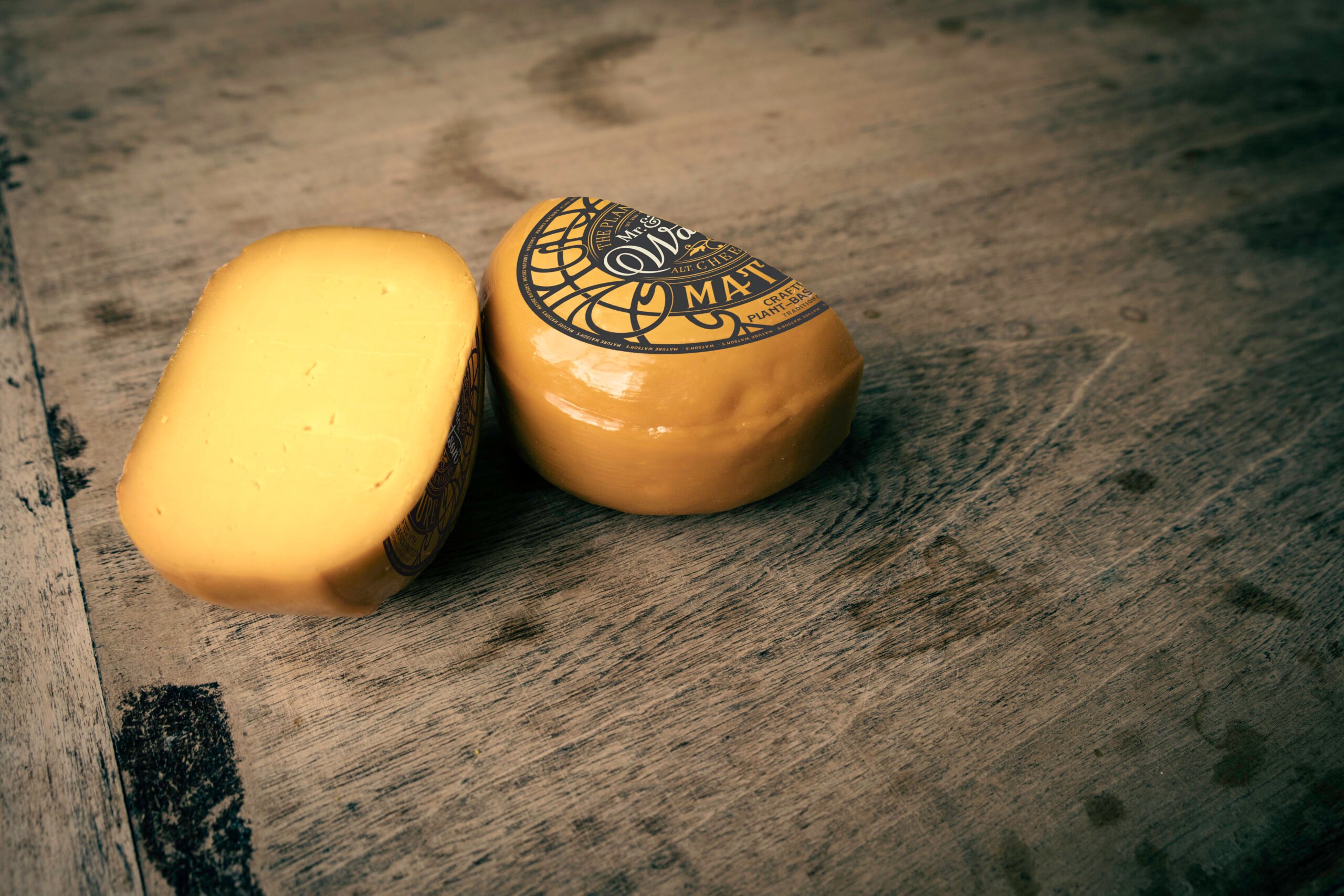
It comes in countless forms and flavors and it has been with humankind since our ancestors started farming. Cheese is a source of protein, calcium and vitamins. Yet the production of dairy products involves significant amounts of greenhouse gas emissions and massive amounts of water. On that front, yellow peas have the potential to become our new favorite cheesy snack.
At the Department of Food Science of the University of Copenhagen, Denmark, researchers have come up with a way to make cheese from a plant protein contained in yellow peas. Like other legumes, yellow peas are rich in proteins – one of the healthiest and most crucial nutrients. Which is why they could represent an interesting alternative to conventional dairy products.
“There has been a lot of interest lately in the use of legumes as a substitute for dairy products, yet there are not that many options on the market yet. In my work, I try to understand how these proteins behave and how we can develop textures and flavors by using fermentation in plant-based raw materials,” Carmen Masiá explains. She is the first author of the study on yellow peas.

Not all alternatives are as green as they seem
For every kilogram of gouda cheese produced, over 13 kgs of CO2 equivalent (CO₂e) is emitted – according to statistics from the Dutch Institute for Public Health and Environment. By contrast, growing 1 kilogram of peas generates less than a kg of CO2 equivalent.
Since droughts are expected to become much more frequent, efforts to conserve water must be given even more careful attention. A study carried out by the University of Twente calculated that worldwide, a kilogram of cheese has an average water footprint of 5,000 liters of water. By the term ‘water footprint’, scientists mean the amount of fresh water used in the various steps of the production chain. One kilogram of yellow peas needs less than 400 liters of H2O.
When you compare this legume’s carbon footprint with that of regular cheese reveals significant differences, yellow peas could represent a more sustainable alternative for one more reason. “We can grow them in Denmark and in other countries in Europe, while cashews and coconut oil need to be imported. This would lead to being able to cut down on a large proportion of the emissions coming from raw material transportation,” Masiá stresses.

Yellow peas: nutritious and cheap
In addition to needing fewer resources to grow, pea-based products would have better nutritional values in comparison to other plant-based substitutes for dairy products. Yellow peas are made up of half starch, and 25 percent protein in their seeds, with only 2 percent fat.
“Coconut oil-based cheeses contain less than 1 g of protein, even though this is one of the most important nutrients in cheese. Nut-based cheeses have a better nutritional profile, but their high price isn’t affordable for the average consumer. We need to reformulate the way we produce plant-based cheese so that it becomes an accessible, high-quality product,” Masiá adds.

Carmen Masiá
INDUSTRIAL PH.D. RESEARCHER AT THE UNIVERSITY OF COPENHAGEN
Her research focuses on the use of fermentation for texture and flavor development in plant-based cheese applications.
Bacteria to help with yellow pea flavor
One of the most important characteristics of cheese is flavor. In cheese, bacteria-generated aromas come together to form the flavor. In order to create a similar taste experience in cheese derived from yellow peas, this kind of aspect is crucial to persuade consumers to choose sustainable alternatives.
Masiá: “Taste is undoubtedly a real challenge. In the case of standard cheese, it is strongly influenced by the activity of bacteria, but also by the milk. With plant-based cheese, we are now feeding bacteria with a different raw material. This is why the fermentation products tend to vary.”
The right texture
Further work on the fermentation process will help to crack the code for plant-based cheese. What’s more, the right texture is also essential to obtaining a more satisfying taste experience. In her work in the laboratory, Masiá focused on the use of pea proteins to produce gels that resemble cheese-like textures.
“At the moment, I’m experimenting with different microorganisms and raw materials. This way, I can understand which ones can contribute the most to the development of texture and flavor. In those tests, I look at the microstructure of gels to understand their structure and how the different elements are organized in order to build solid textures,” she adds.

More quality, more consumers
From lab-based gels to camembert, mozzarella, or feta based on yellow peas, there will be plenty more trials and errors. The legume could form the base for any kind of cheese – mature, creamy, and so on. Before that happens, we need to gain the knowledge needed to understand the dynamics of proteins.
“We have been working with milk for centuries and understand how the protein in it behaves. The same should be done with other raw materials, we simply don’t know enough about them in new uses like cheese alternatives. We’re not taking advantage of the potential that plant protein has. Why don’t we step back, try to understand how plant protein behaves, and make it work the way we want it to, in order to get the kind of textures and flavors we are aiming for?” Masiá contends.
In her view, such efforts should be more cooperative. “Industry should team up with researchers in order to provide high-quality marketable products to the average consumers. To do that, we have to give them a delicious tasting experience, otherwise, they won’t choose them,” the researcher concludes.







